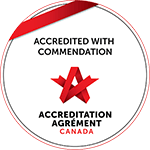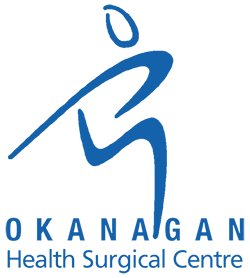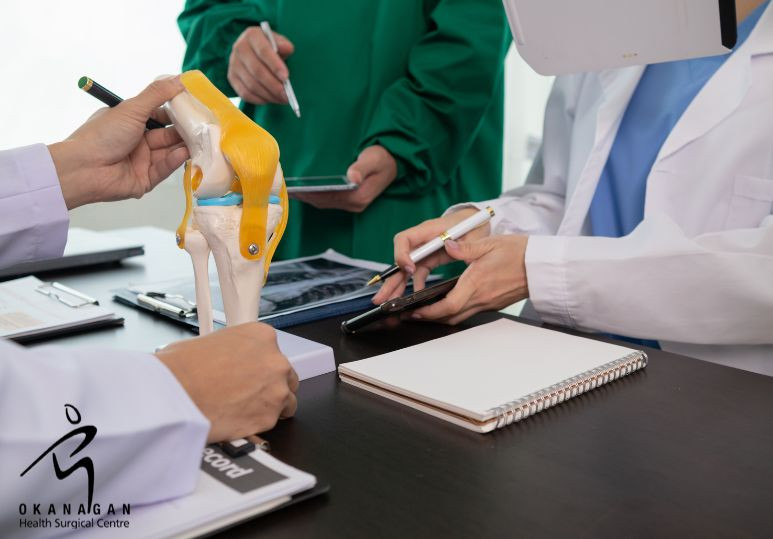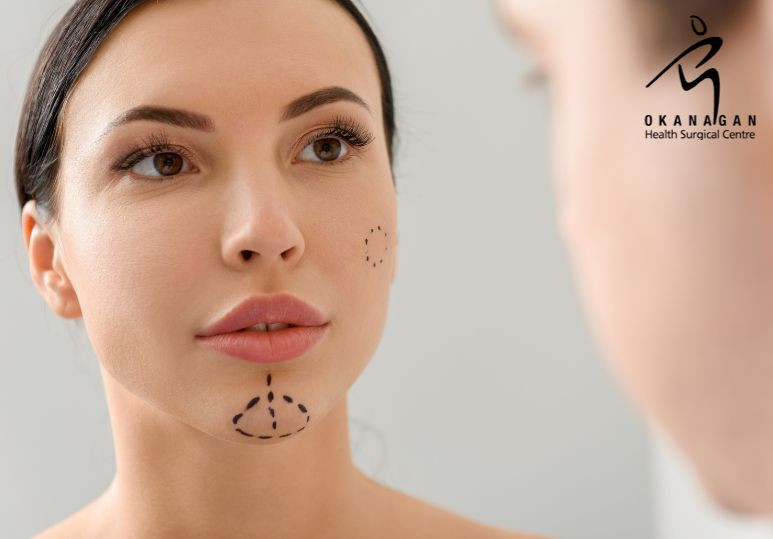What Do I Need to Know About Face Lift Surgery?
Over time, the effects of aging like wrinkles and skin sagging become increasingly noticeable, especially around the face and neck. This is a normal and healthy part of growing older. A facelift, also known as rhytidectomy, is a surgical procedure meant to improve the appearance of wrinkles by removing excess skin in the targeted areas.
The following blog post will teach you about the types of facelifts available, provide insight into the procedure, and make you aware of the relevant risks and results you can expect from facelift surgery.
The Basics of Face Lift Surgery For Patients
A facelift procedure is a surgery that can eliminate wrinkles, tighten skin, and reduce saggy skin under the chin, cheeks and jowls. This plastic surgery procedure is meant to rejuvenate your skin and give your face a more youthful appearance. If you are considering a facial rejuvenation surgery, or other cosmetic surgeries, like liposuction or breast augmentation, contact your board-certified surgeon at Okanagan Health Surgical Centre.
Five Things Every Patient Should Know Before Face Lift Surgery
What Areas Can Be Treated By Facial Surgery?
The most common areas that are treated during a facelift are:
- Neck skin
- Cheeks
- Forehead
- Eyelids
- Chin
During your initial consultation, your surgeon will review the areas of your face that are of concern. Each patient will have their own unique desires for the outcome, and the surgery may require more or fewer incisions. It is important to discuss all the target areas you're interested in so your surgeon can plan a comprehensive surgical treatment to address every area you wish to refine. This may be done in one procedure or your surgeon may recommend more than one treatment to achieve optimal results.
What is A Facelift Procedure Like?
A standard facelift will last a few hours in the operating room, while the patient is under general anesthesia. On the day of the surgery, you will fill out any remaining paperwork and begin the preparation for your surgery. It is recommended that you refrain from eating, smoking, or drinking anything for 24 hours before your surgery. Most facelifts are minimally invasive since only small incisions are made to remove the intended excess facial skin. After completing the procedure the patient is awakened from the general anaesthetic and remains in recovery for a period of time.
At Okanagan Health Surgical, we have preoperative and postoperative resources available for patients to review. These resources have in-depth details of the best practices you can implement to ensure your plastic surgery procedure goes as smoothly as possible.
Pre-surgery Instructions for Patients Post-Surgery Instructions for Patients
What is the Benefit of Face Lift Surgery?
The main benefit of facelift surgery is the restoration of a more youthful appearance to your face. Patients will notice:
- A firmer jawline with less noticeable lax skin and jowls
- A more rested, refreshed appearance
- Smoother, tighter skin and fewer wrinkles and fine lines
- Repositioned facial muscles and tissues for plumper, younger contours
- Reduce fat deposits
- Increased self-confidence
How Long Do Face Lift Results Last After Surgery?
In general, a facelift will last 8-10 years. The longevity of results from your facelift is dependent on many factors including the type and technique of your lift, your general health, your lifestyle habits like drinking, smoking, and exercise routines, and even genetics.
What Risks Are Associated With Face Lifts?
a) Adverse Reactions to Anesthesia: as with any surgery that requires the patient to undergo general anesthesia, there is a risk that your body has an allergy or unexpected reaction to the anesthetics. During the pre-screening paperwork, your surgeon will review your history with anesthesia and if you have any indicators of malignant hyperthermia, which is an adverse reaction to general anesthesia.
b) Scarring From Incisions: during the facelift, there will be small incisions made to remove excess skin. Ensuring that you do not smoke weeks before your surgery and staying well hydrated are the best ways to mitigate the risk of noticeable scarring.
c) Soreness and Pain: once the analgesic effects of the anesthesia wear off, you may experience tenderness and soreness from movement. This is normal and to be expected. Avoid any highly intense exercise or direct exposure to sunlight because this could aggravate any soreness you may be experiencing. Allow your body sufficient time to rest fully and if necessary, talk to your doctor about options for pain relief.
d) Extended Recovery Time: Typically, the recovery period after a facelift procedure is around 2 weeks. After the recovery period, the aesthetic benefits of youthful facial skin can last for years. The recovery period varies from person to person and is also impacted by the extent of the procedure.
Contact us Today
A facelift is a type of plastic surgery that aims to reduce and reverse the noticeable effects of aging on the skin. The aesthetic benefits of the procedure can last for years after recovery but does not halt the aging process altogether. Review your expectations, goals, and concerns about the treatment with your surgeon during the initial consultation. To find out more about the risks, benefits, and costs of a facelift procedure, or if you’re interested in other types of plastic surgery, such as liposuction, contact our private hospital in Kelowna at 250-868-9799 or fill out our contact form below.
FREQUENTLY ASKED QUESTIONS
Q: What is the best age for a facelift?
A: Most people start thinking about a facelift after the age of 40. There is no specific age or rule as to the best time to get a facelift. Consult with our team of surgeons to discuss your concerns and desired outcomes and let us help you find the right time for you.
Q: How much does a facelift cost?
A: The range varies depending on the patient’s goals for the procedure, and the extent of surgery required to reach those goals. In Canada, the range can be from thousands to tens of thousands of dollars. Contact the team at Okanagan Health and we can help design a treatment plan in consideration of your goals and budget.
Q: Does insurance cover the cost of a facelift?
A: No. Since the procedure is for cosmetic or aesthetic reasons, most insurance providers will not cover the cost of operation. Talk to your personal health insurance supplier for exact policy details or discuss payment options during your facelift consultation.






